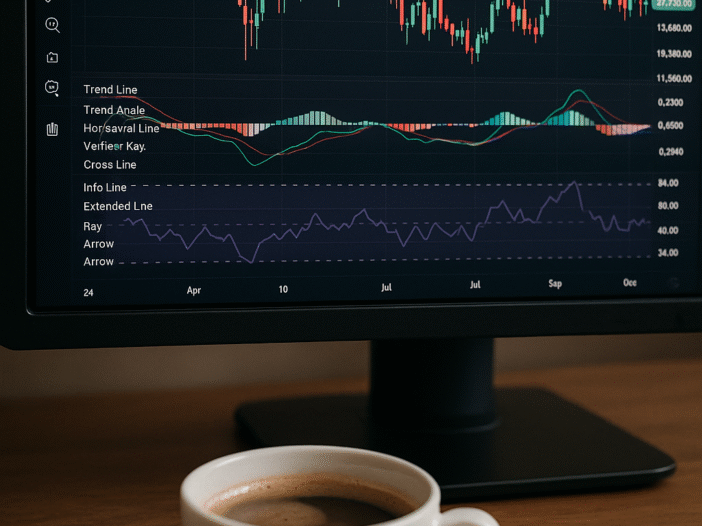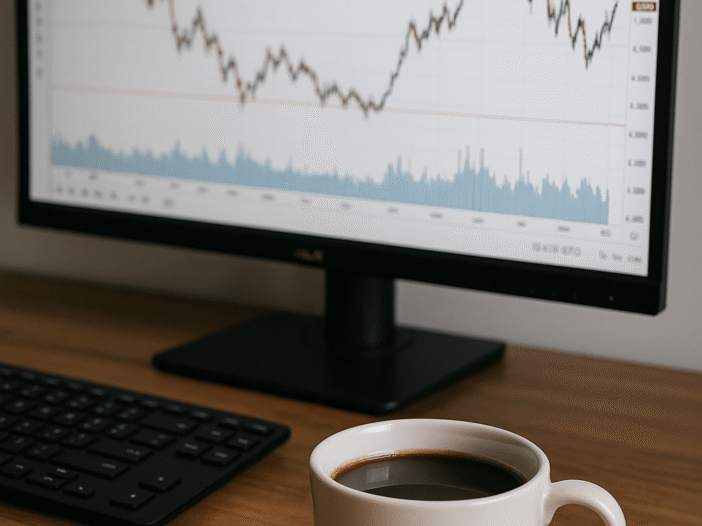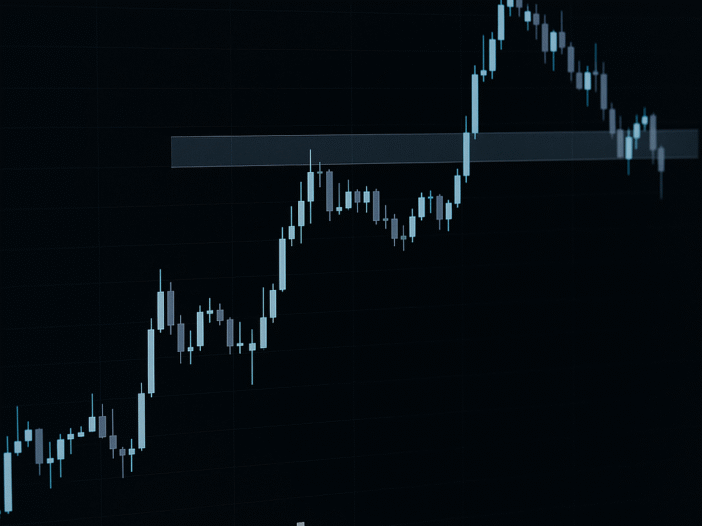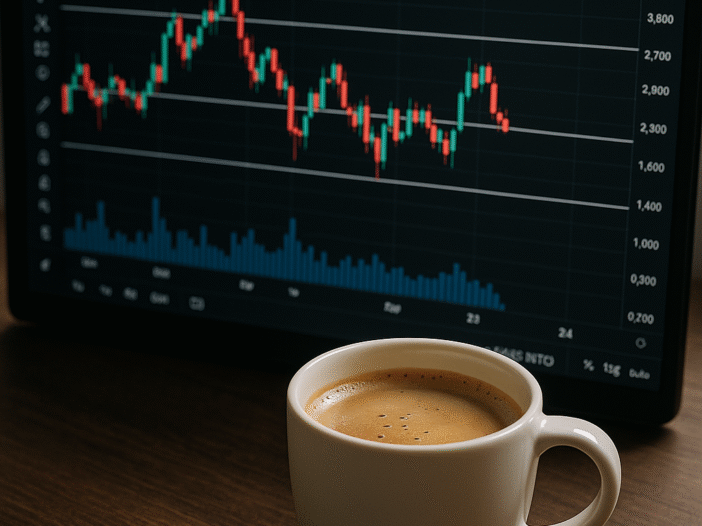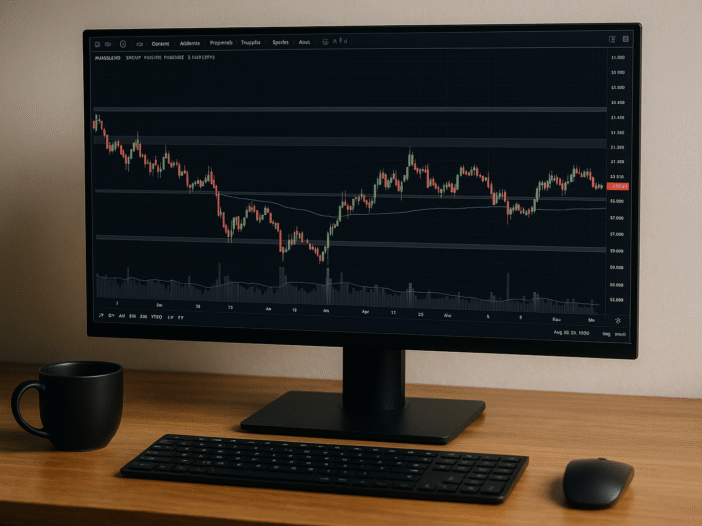I’ve seen traders stack indicators like furniture in a hoarder’s garage. Moving averages. RSI. MACD. Fib levels. Support zones. Volume profiles.And still — no trade. They’ll call it “being thorough.” But let’s be honest. Most of the time, it’s just stalling. Analysis becomes a comfort blanket.The chart gets more complicated, not clearer.And decisions get pushed […]
blogs
Coffee Thoughts – Respect the Micro Account
I used to think trading micro lots was a joke. Too small. Too slow. “Not real trading.” That was my ego talking. Here’s what micro accounts really teach you:Discipline. Precision. Patience. You don’t get to muscle your way through mistakes.You don’t get lucky with size.You can’t afford to skip journaling or wing it — every […]
Coffee Thoughts – Winning Streak? You’re Not a Genius
You’re on a roll. Every setup clicks. Entries are sharp. Exits even better.It feels like you’ve cracked it. That’s the danger zone. Because after a few wins, ego shows up dressed as confidence.And suddenly, you’re not trading the plan anymore — you’re trading the feeling. You stop journaling. You loosen risk rules. You skip confirmations.Why? […]
My Clean Chart Philosophy
At one point, I had everything on my chart. EMAs, MACD, RSI, volume, fibs, support zones, resistance zones. It felt smart… until it wasn’t. Too much info just blurred everything. Now? My charts are almost empty. Price, levels, maybe a VWAP. That’s it. Here’s why I stripped it all down — and why I keep […]
Coffee Thoughts – There’s No “Perfect Setup”
I used to think the perfect setup would solve everything. The kind of trade where the structure’s clean, price action is obvious, confluence lines up across timeframes, and all the signals say “go.” So I waited. And waited. Then watched price take off without me — more times than I care to admit. Here’s the […]
How I Set Up My Charting Workspace for Day Trading
You don’t need a spaceship to trade. Just a clean bench, sharp tools, and a habit of showing up. Over the years, I’ve stripped down my charting workspace the same way a good kitchen gets streamlined: fewer gadgets, more flow. Here’s how I set up my TradingView layout — not because it’s the “right” way, […]
